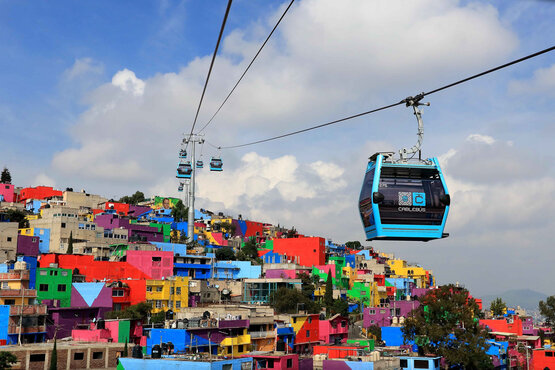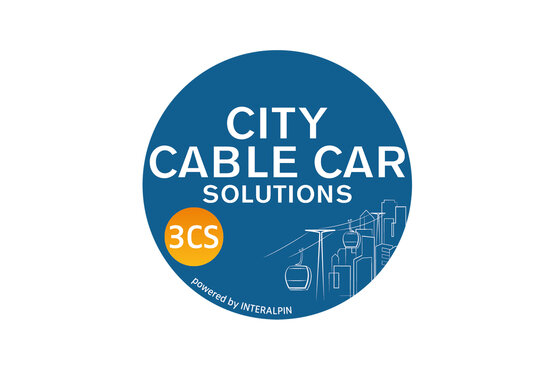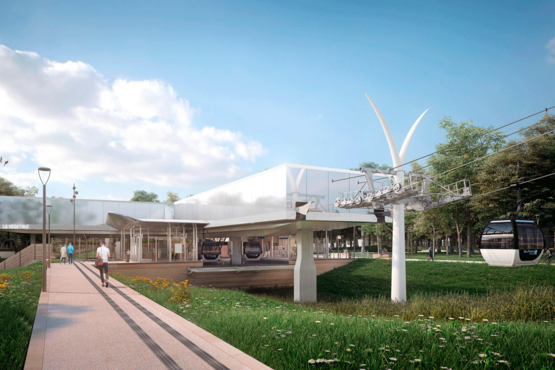by phone +43 512 53830
by form Send enquiry
City cable car solutions as local transportation solutions worldwide
There are already successful examples of the use of urban ropeways around the world. In South America, cities such as La Paz and Medellín are pioneers in the use of cable cars for urban transportation. The "Mi Teleférico" in La Paz, Bolivia, is the world's largest urban cable car network and connects different parts of the city quickly and reliably. Medellín, Colombia, was the first city to integrate a cable car as part of its public transportation system to reach remote and hilly parts of the city.
In Europe, cities such as London, with the IFS Cloud Cable Car, and Koblenz, with the cable car across the Rhine, use cable cars not only as tourist attractions, but also to improve urban mobility. In France, the Téléphérique de Brest cable car connects different parts of the city across the River Penfeld. Ropeways are also used as practical mobility solutions in Asia and North America. In Hong Kong, the Ngong Ping 360 connects the city with the Ngong Ping Plateau and is popular with both tourists and commuters. In the USA, there are projects such as the Roosevelt Island Tramway in New York City, which provides a fast connection between Manhattan and Roosevelt Island.
These examples show that ropeways are a flexible and environmentally friendly addition to traditional means of transportation and are gaining in importance worldwide. Overall, cable cars are a promising solution for making urban transportation more efficient, sustainable and attractive. In view of the growing challenges in urban transportation, they offer an innovative way to secure the mobility of the future.


